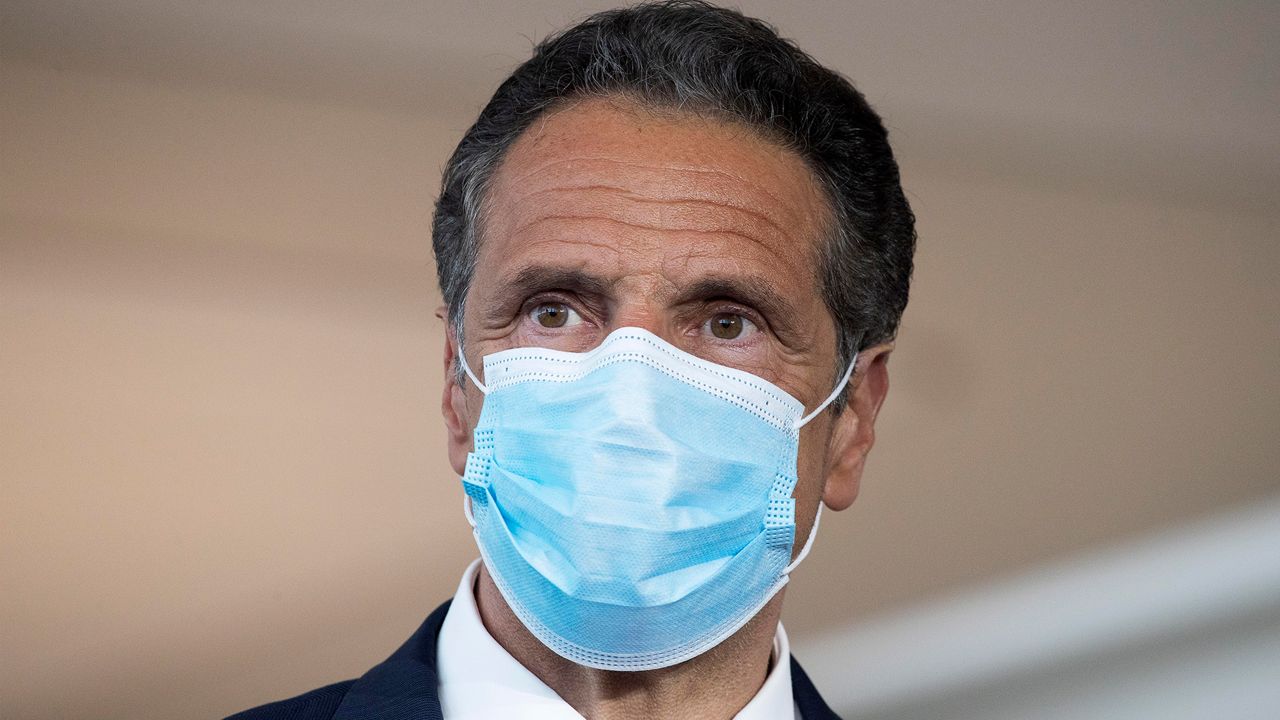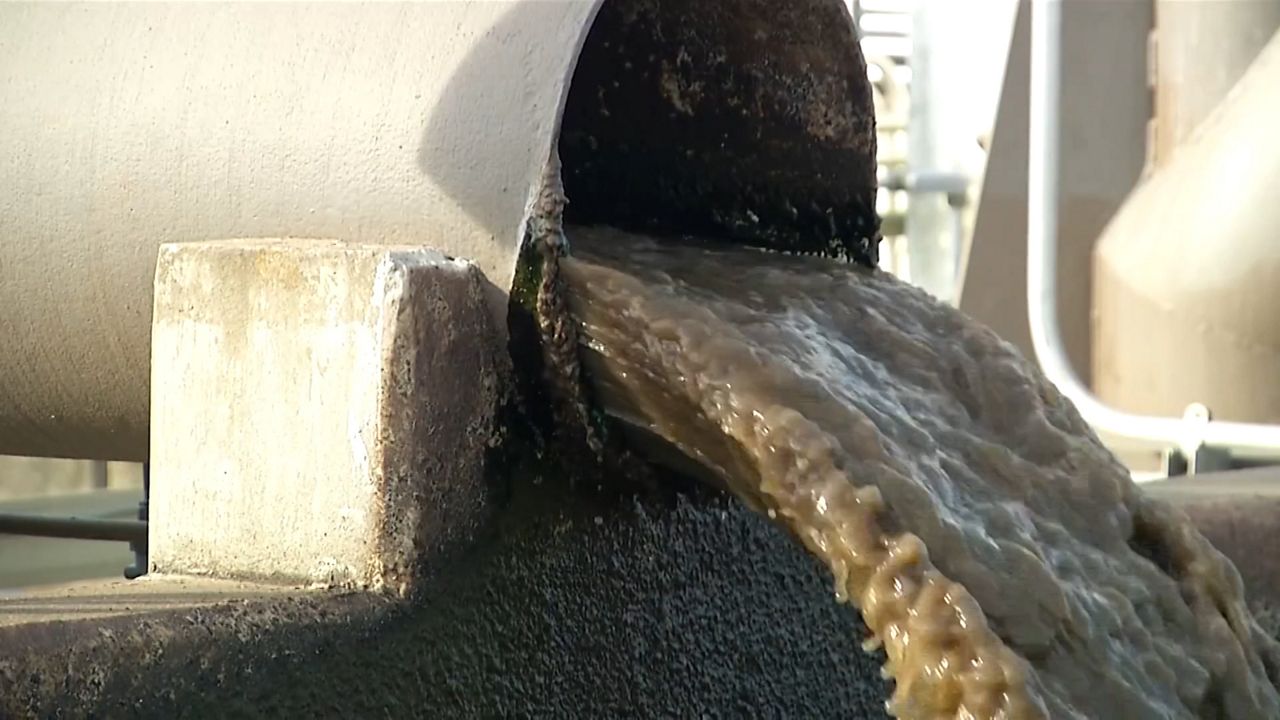Every flush sends lots of information down the drain. These days, that includes the coronavirus. Studies show if you’re sick with COVID-19, the virus is found in your poop.
“It’s definitely bad if there are high concentrations of virus in the wastewater but we want to know that,” said Hyatt Green, an assistant professor of environmental microbiology at SUNY-ESF. “If that virus is there, we want to be able to detect it.”
Onondaga County is sharing its wastewater with a team of scientists at SUNY-ESF and Syracuse University. They are looking to see what communities are sick with the coronavirus — whether people are showing symptoms or not.
“You know, it’s deidentified data,” said David Larsen, an epidemiologist and public health professor at Syracuse University. “No one gets embarrassed to say you know there’s coronavirus in our community. That’s not a problem as opposed to say you have coronavirus yourself, where there could be repercussions from that.”
The study started a few weeks ago, and so far the results don’t stink.
Scientists spin wastewater in a centrifuge for about 45 minutes. That concentrates the virus and other solids in a pellet. Then, they test that pellet — similar to the way doctors look for the coronavirus on nasal swabs.
“As you can imagine, it’s fairly difficult to pull out RNA of a virus from something as dirty as wastewater,” said Green. “But we’ve been able to do it, so I’m very pleased with the results.”
Onondaga County is at the forefront of this research. Only a handful teams around the world are studying COVID-19 in wastewater.
“County Executive [Ryan] McMahon has been very, very strong about using data like this to use in the decision making process, so we’re contributing in a very small way to provide some additional potential data,” said Frank Mento, the commissioner of the county’s Water Environment Protection department.
Scientists are working on perfecting the study in time to predict a second wave of the virus in the fall, because they say the coronavirus will show up in sewage before hospitals.
“You have your infection, then you have a lag to symptoms and a lag to testing - or a timeline to symptoms and a timeline to symptoms,” explained Larsen. “So it could take maybe a week or two weeks before an actual infection shows up as a case.”
Helping them fulfill their 'doody', to protect our community.










